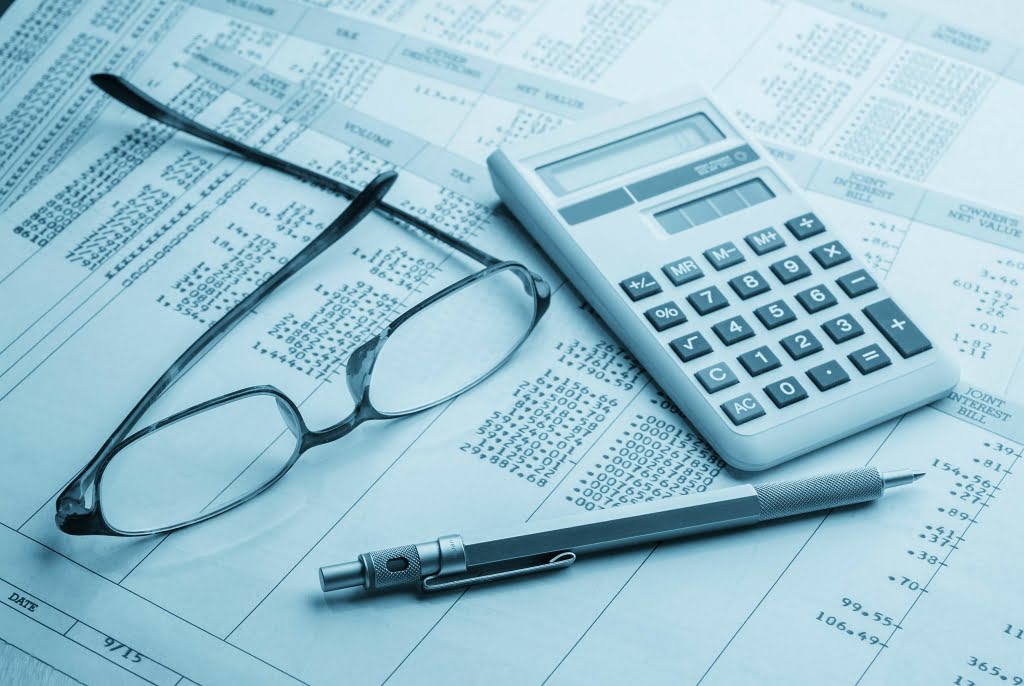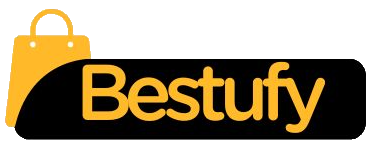
Companies that report on an annual basis will often use December 31st as their reporting date, though they can choose any date. Harvard Business School Online’s Business Insights Blog provides the career insights you need to achieve your goals and gain confidence in your business skills.
What is a cash flow statement?
If you don’t, your balance sheet may be unbalanced, which creates a problem for you and investors. Below is a balance sheet pulled by Xero, the accounting software that we recommend most small business owners use. But if you use another software or just do it yourself, it should look very similar. ClickUp’s Formula Fields can automate equity calculations by subtracting total liabilities from total assets.

Automated Credit Scoring

The typical naming convention includes the words “Balance Sheet” with your company name and the date for the end of the fiscal year or quarter underneath. Consider the implications of strategic initiatives such as these, and incorporate those expectations into your balance sheet forecast. You anticipate that a certain percentage what is the last and most important step of creating a balance sheet? will agree to the offer, which is going to have significant impacts on both accounts receivable as well as cash on hand. Use historical data to forecast what these accounts will look like in the next financial year. At this step, determine which accounts can be rolled forward and which require a net zero forecast approach, and apply the appropriate methodology. Having rolled forward the accounts from your previous financial period, you might notice that it doesn’t make sense for every account to start from that basis.
Streamlining the reconciliation process through automation

AI-powered automated accounting solutions can provide a set of existing matching rules or algorithms to reconcile any two sets of data, such as GL and subledger or GL and bank statement. This feature helps reduce manual effort and improves accuracy by automating the matching process. In an ideal world, all transactions recorded in the subledger should always match the corresponding transactions recorded in the general ledger. This means that the sum of all transactions recorded in the subledger should be equal to the balance of the corresponding general ledger account. For example, the total amount of all accounts payable transactions recorded in the AP subledger should match the balance of the accounts payable account in the general ledger.
- An income statement summarizes revenues, expenses, and profits over a period, reflecting business performance.
- A balance sheet, in a nutshell, is a financial statement showing where a company gets its money and how it uses it.
- This time period is important to understand for your company when preparing a balance sheet.
- We also allow you to split your payment across 2 separate credit card transactions or send a payment link email to another person on your behalf.
- Whether you’re a seasoned accountant or new to the field, understanding the balance sheet reconciliation process is essential.
Set up tracking for liability trends over time and monitor key financial ratios that matter to your business. ClickUp even lets you create automated alerts for significant changes, helping you stay proactive about your financial position. With the ClickUp Tasks feature, create a dedicated list of assets, with each asset type (e.g., cash, accounts receivable, inventory, property) represented as a task. Experienced accountants can pretty much eyeball the statement and get a sense of the company’s financial position, but you shouldn’t try to unearned revenue hold yourself to that standard just yet.
Bookkeeping vs. Accounting
- A cash flow statement shows the movement of cash and equivalents within a company.
- The Strategy score measures alignment of supplier strategies with customer requirements in a 3-5-year timeframe.
- This date is referred to as the balance sheet date and should be a specific point in time, such as the end of the fiscal year or a specific month-end date.
- It reflects the Sales Budget, along with various other factors, such as inventory value at the beginning of the year, buffer stock levels, production capacity, and so on.
- Chase offers a variety of business checking accounts for small, mid-sized and large businesses.
- Some businesses create balance sheets after creating a more comprehensive vertical or horizontal balance sheet.
A balance sheet provides a clear, real-time snapshot of your financial trajectory. It helps you understand how your assets are growing, how debt changes, and whether your equity is expanding. Another way to calculate the shareholders’ equity is by adding the balance in the retained earnings and common stock accounts.
- For companies reporting quarterly, this date will be the last day of each quarter, and for those reporting annually, the reporting date will be December 31st.
- Creating a balance sheet can be challenging, especially for small business owners managing multiple responsibilities.
- Additionally, if you’re a public company, you will have to do reconciliations and a three-way match (involving the invoice, bill of sale, and transaction).
- The applications vary slightly, but all ask for some personal background information.
If you’re a small business owner, you’ll need to learn how to put a balance sheet together. You can easily create a balance sheet in Microsoft Excel, or Numbers if you are Mac user. Essentially, balance sheets allow you and your shareholders to assess your business’ financial status. This article gives you everything you need to draw up a balance sheet template, which you can then fill in with the pertinent information. Cash and accounts receivable are readily available, while property and equipment take time to convert into cash. Breaking out liquid assets vs. non-liquid assets can improve cash flow Bakery Accounting management and highlight potential risks.







Leave a Reply